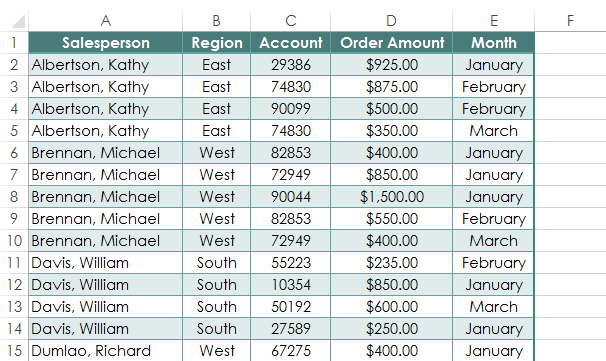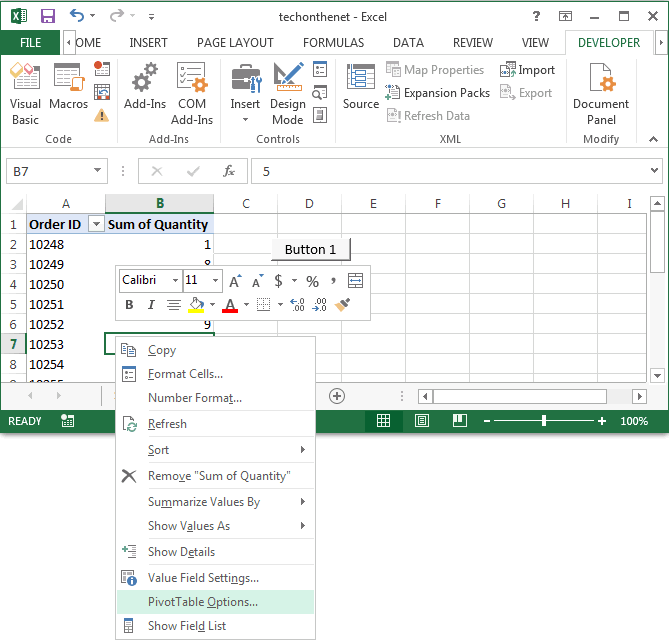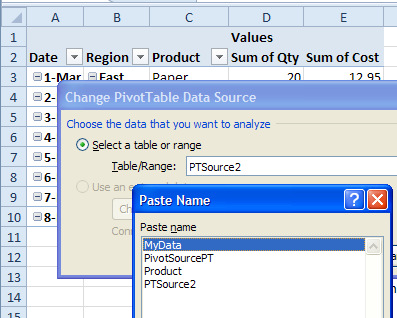

You will learn the various ways of refreshing data in the Chapter – Updating a PivotTable. You can refresh the PivotTable so that it reflects the changes in the source data. Once you have explored the data and summarized it, you need not repeat the exercise if and when the source data gets updated.
#ALL ABOUT PIVOT TABLES IN EXCEL 2013 HOW TO#
You will learn how to apply the calculation types on a PivotTable in the Chapter - Summarizing Values by Different Calculation Types. You can also switch across different calculation types and view the results in a matter of seconds. Excel provides you with a variety of calculation types that you can apply based on suitability and requirement. Once you collate the data required by you by the different exploration techniques, the next step that you would like to take is to summarize the data. You will have an overview of these options in the Chapter - Exploring Data with PivotTable.

You have several options to do this that include Sorting, Filtering, Nesting, Collapsing and Expanding, Grouping and Ungrouping, etc. The primary goal of using a PivotTable normally is to explore the data to extract significant and required information. You will learn about PivotTable Fields and Areas in the Chapters – PivotTable Fields and PivotTable Areas. As you drag the fields, the PivotTable layout keeps the changing and it happens in a matter of seconds. The selection and arrangement can be done by just dragging the fields. The PivotTable layout simply depends on what fields you have selected for the report and how you have arranged them in Areas. You need to first know about the normal PivotTable as explained in this tutorial, before you venture into the power tools. You will learn these Excel power tools in other tutorials in this Tutorials Library. It is named as PowerPivot that works on its database known as Data Model. You will learn how to create a PivotTable from a data range or Excel table in the Chapter - Creating a PivotTable from a Table or Range.Įxcel gives you a more powerful way of creating a PivotTable from multiple tables, different data sources, and external data sources. You can also make use of Excel Recommended PivotTables that can give you heads up on the PivotTable layouts that are best suited for summarizing your data. You can start with an empty PivotTable to fill in the details, if you are aware of what you are looking for.

You can create a PivotTable from a range of data or an Excel table. By the time you complete this tutorial, you will have sufficient knowledge on PivotTable features that can get you started with exploring, analyzing, and reporting data based on the requirements.

In this tutorial, you will understand these PivotTable features in detail along with examples. Providing interactive reports to synchronize with the audience. Producing multiple reports from the same PivotTable in a matter of seconds. The major features of a PivotTable are as follows −Ĭreating a PivotTable is extremely simple and fastĮnabling churning of data instantly by simple dragging of fields, sorting and filtering and different calculations on the data.Īrriving at the suitable representation for your data as you gain insights into it. It is a simple tool to use, yet powerful. You can track and analyze hundreds of thousands of data points with a compact table that can be changed dynamically to enable you to find the different perspectives of the data. A PivotTable is an extremely powerful tool that you can use to slice and dice data.


 0 kommentar(er)
0 kommentar(er)
